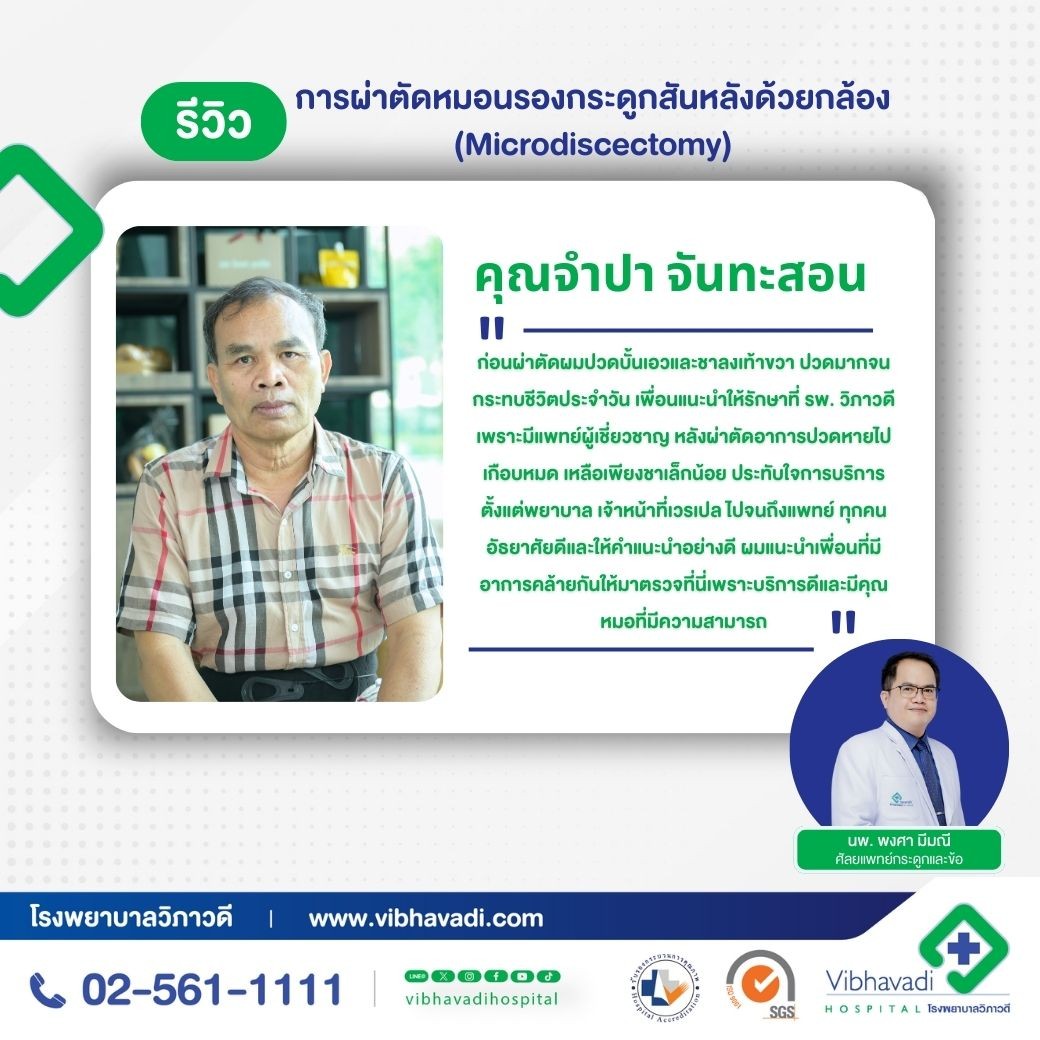Herniated Nucleus Pulposus
Herniated Nucleus Pulposus
Herniated nucleus pulposus is a condition where the cushioning material in the spinal discs ruptures, causing the inner part of the disc to push out and compress the spinal nerves. This can cause pain, numbness, or weakness in the affected area, and can occur in people of all ages from teenagers to the elderly. This condition can affect the spinal discs at any level, from the neck to the lower back.
If the herniated disc is in the neck area, the patient may experience pain that radiates from the shoulder to the fingertips, either constantly or when turning the head left or right. The affected hand and arm may also feel weaker than the other side.
If the herniated disc is in the lower back area, the patient may experience pain that radiates from the buttocks down to the legs, often worse when sitting for long periods of time, such as when driving. The pain may also be accompanied by numbness or tingling in the toes, and in severe cases, weakness in the legs that can cause difficulty walking.
The herniated disc can be detected through imaging tests, which show a bulging or ruptured disc that compresses the nerves in the spinal canal. Treatment options include medication, physical therapy, and in severe cases, surgery.
Treatment:
For spinal cord compression, the treatments that are commonly used include taking medication, physical therapy, and surgery if necessary. Proper exercise or physical activity is also important, such as maintaining good posture while sitting and not sitting for long periods of time continuously. It is recommended to change positions regularly. As for exercise, general physical activities such as walking and freestyle swimming can be performed. However, exercises that involve back and abdominal muscles should be avoided during periods of severe pain. When the symptoms improve, exercises can be initiated by lying on the back with bent knees, then contracting the curved part of the back and pressing the small of the back against the floor for 5 seconds and then relaxing. Repeat this exercise 10 times.
















